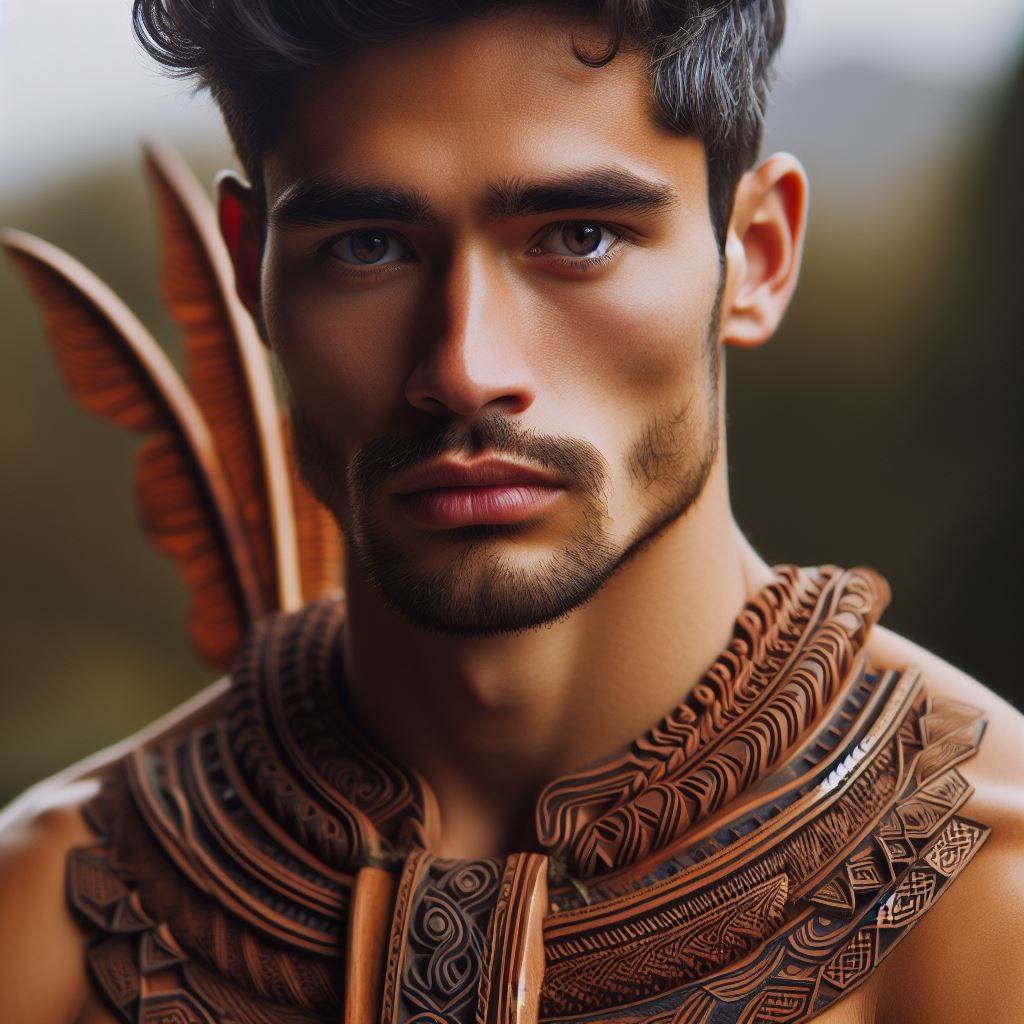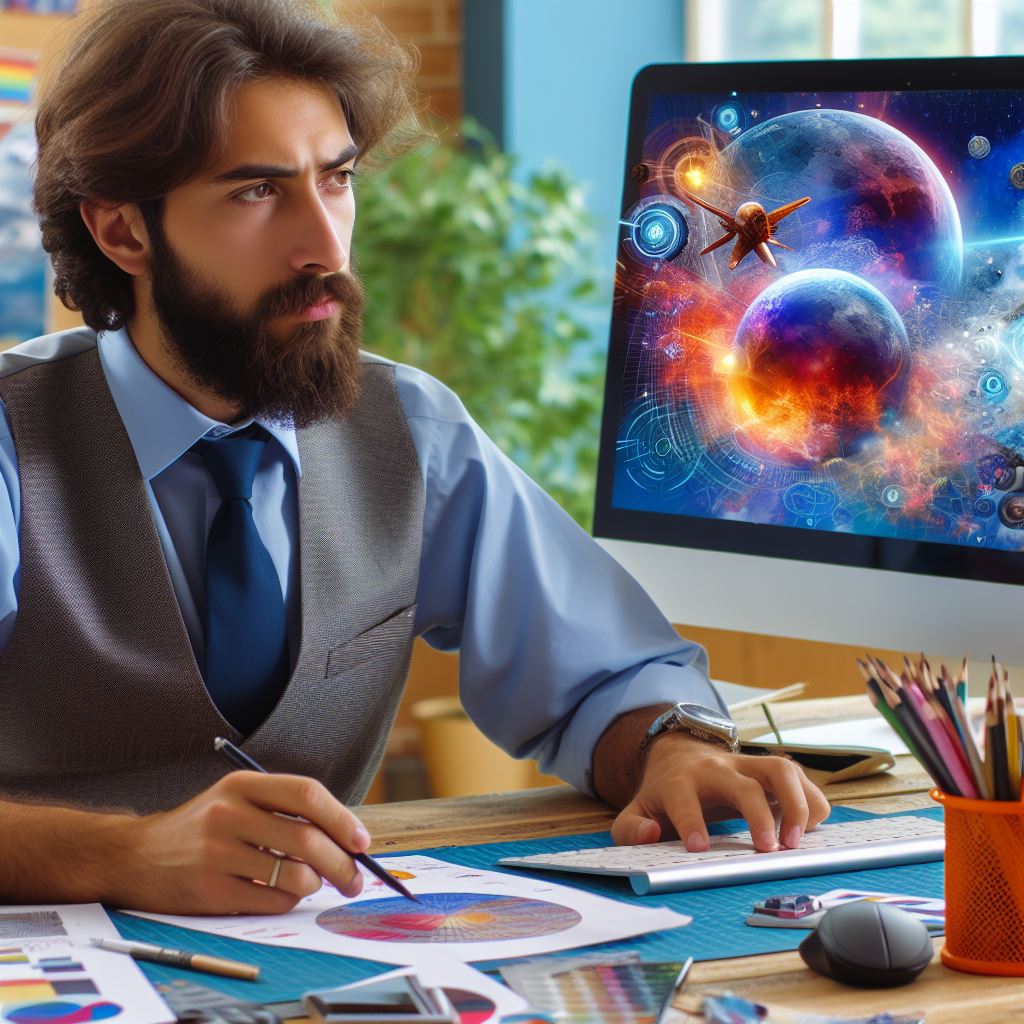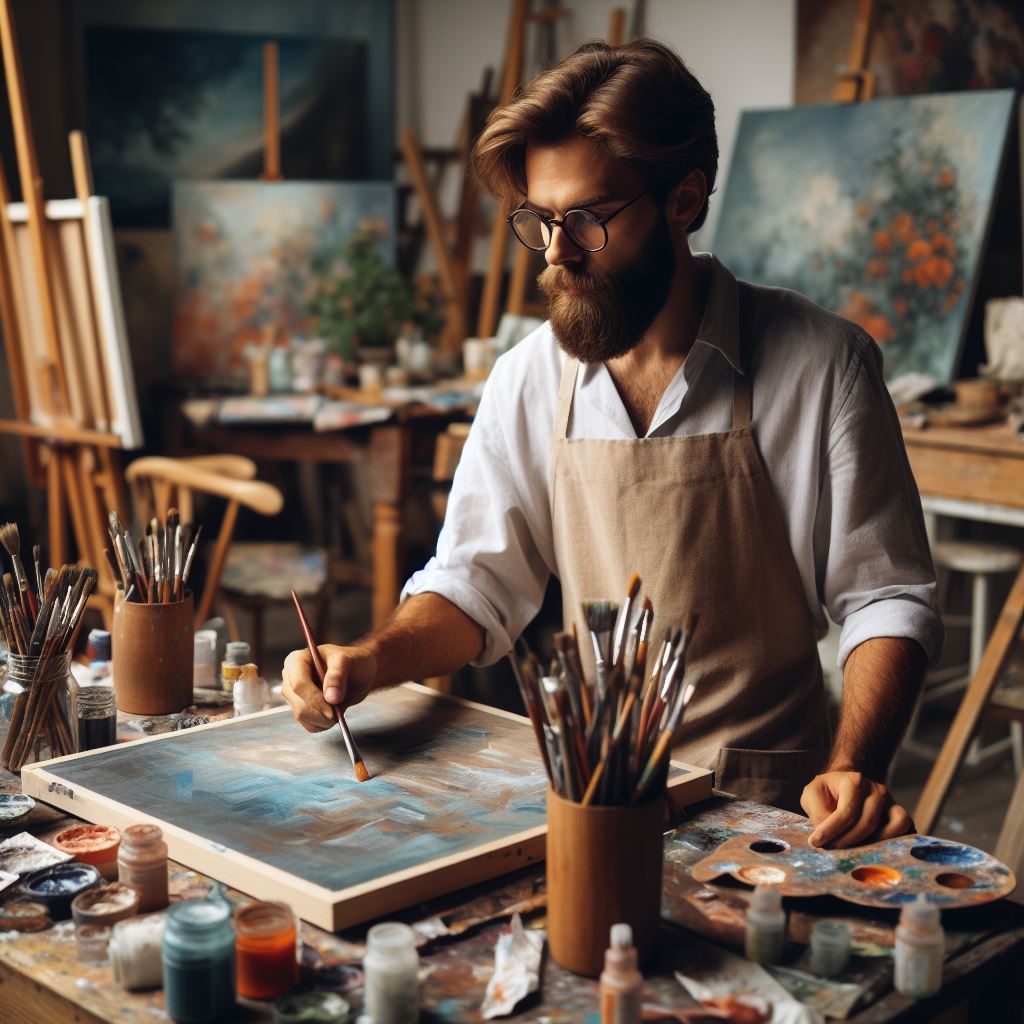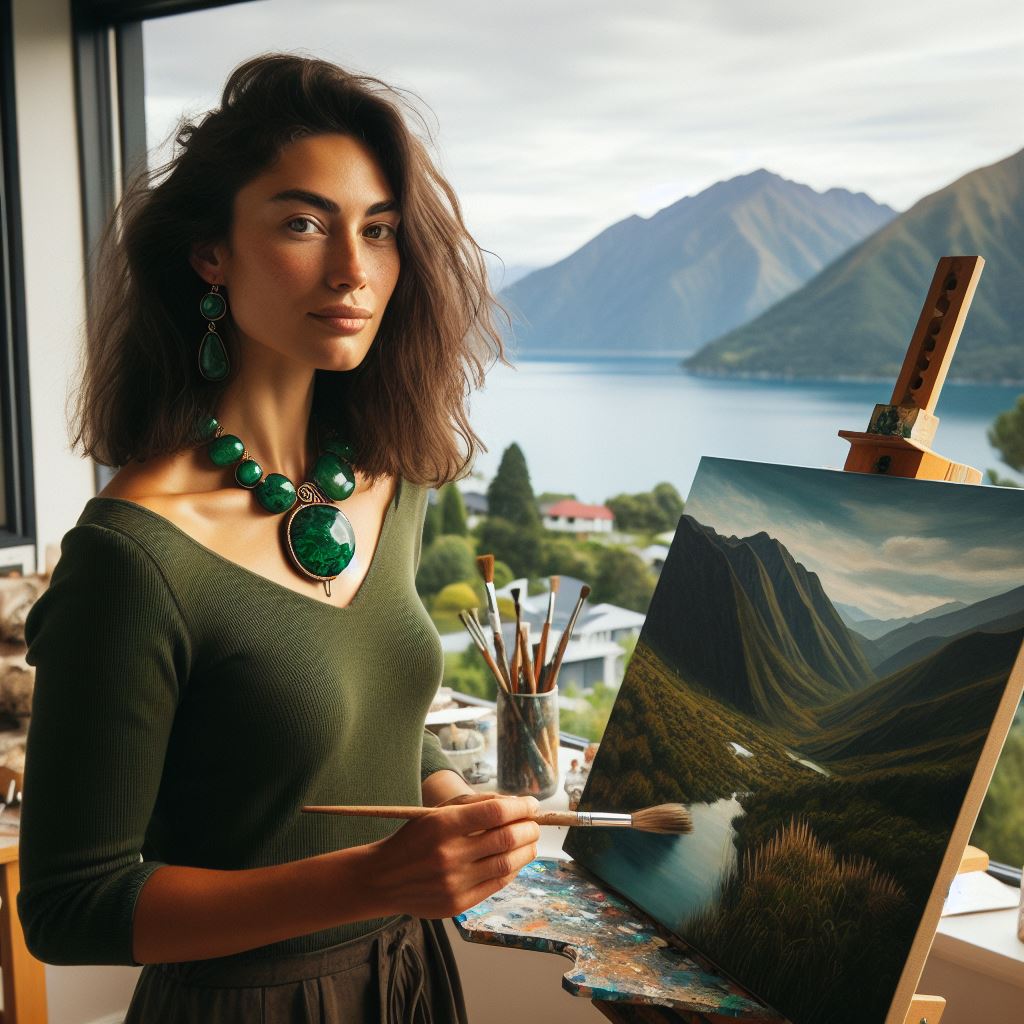Introduction
Definition of Maori and Pacific Arts
Maori and Pacific Arts encompass traditional and contemporary artistic expressions from indigenous Maori and Pacific Island cultures.
These arts include carving, weaving, tattooing, painting, sculpture, dance, music, and storytelling.
Importance and relevance of Maori and Pacific Arts in modern society
- Maori and Pacific Arts preserve cultural heritage and identity in an ever-changing world.
- They serve as mediums for cultural expression, communication, and connection.
- These arts foster pride, resilience, and cultural continuity within Maori and Pacific Island communities.
- They contribute to the enrichment of New Zealand’s cultural landscape, promoting diversity and inclusion.
- Maori and Pacific Arts challenge stereotypes and promote understanding and appreciation of diverse cultures.
Read: Women in NZ Music: Rising Stars
Maori Arts
Traditional Maori arts and their significance
Carving and Whakairo
The art of carving, known as Whakairo, holds great cultural significance for the Maori people. It involves intricate designs on wood, bone, and stone.
Ta Moko (Traditional Maori Tattoo)
Ta Moko, or traditional Maori tattoo, is a form of body art that carries deep cultural meanings. It is done by chiseling the skin and applying pigment.
Raranga (Weaving)
Raranga, or weaving, is a traditional Maori art form that involves creating intricate patterns using natural materials like flax. It connects past and present generations.
Kapa Haka (Performing Arts)
Kapa Haka encompasses various performing arts like singing, dancing, and poi (swinging balls). It is a way to express identity, history, and cultural pride.
Evolution and modern adaptation of Maori arts
Contemporary Maori artists and their works
Modern Maori artists, inspired by traditional forms, use different mediums to create unique artworks. They explore themes of identity, colonization, and cultural preservation.
Integration of traditional Maori arts in various sectors (e.g. fashion, design)
Traditional Maori arts have found their place in contemporary sectors like fashion and design. Maori motifs and patterns are incorporated into clothing, accessories, and architecture.
Maori arts have a rich history and cultural significance to the Maori people. They are not just artistic expressions but also a way of preserving and showcasing their unique heritage.
Traditional Maori arts and their significance
Carving and Whakairo, one of the oldest elements of Maori art, involve intricate designs on wood, bone, and stone.
The creation of carvings holds deep spiritual and cultural meanings, representing ancestors, tribes, and important events in Maori history.
Ta Moko, or traditional Maori tattoo, is more than just body art. It is a visual language that communicates one’s ancestry, status, and achievements.
Ta Moko is done by chiseling the skin using chisels and applying pigment made from natural resources. Each design is unique and holds personal significance.
Raranga, the art of weaving, holds immense importance in Maori culture. It involves creating intricate patterns using materials like flax.
Weaving often connects past and present generations and carries stories and teachings within the patterns.
Kapa Haka, the performing arts, encompasses singing, dancing, and poi (swinging balls).
It is a vibrant and energetic form of expression, showcasing Maori history, mythology, and culture. Kapa Haka performances are often seen during cultural events and celebrations.
Evolution and modern adaptation of Maori arts
Contemporary Maori artists have evolved traditional Maori arts, incorporating new techniques and mediums. They draw inspiration from their cultural heritage to create unique and thought-provoking artworks.
These artworks often explore themes such as identity, colonization, and cultural preservation.
Personalized Career Consulting
Unlock your potential with expert career advice tailored to your goals. Get personalized guidance and actionable steps toward your dream career in New Zealand.
Get StartedTraditional Maori arts have also found their place in various sectors, such as fashion and design.
Many designers incorporate Maori motifs and patterns into their creations, blending traditional and modern elements. This integration showcases the enduring beauty and relevance of Maori arts.
In essence, Maori arts play a vital role in preserving and expressing Maori culture.
From traditional carvings and tattoos to contemporary artworks, Maori arts are a reflection of the rich history, spirituality, and creativity of the Maori people.
Their enduring influence can be seen not only in the art world but also in various sectors, where Maori motifs and patterns continue to inspire and captivate.
Read: Maori Music: NZ’s Rich Heritage
Pacific Arts
Diversity and richness of Pacific cultures and arts
In the realm of Pacific arts, there is a remarkable diversity and richness that reflects the cultural tapestry of the Pacific regions.
Various art forms can be found throughout these islands, such as Pacific tattoos, tapa making, and mat weaving. Each form exhibits an exquisite blend of tradition and craftsmanship.
Storytelling and oral traditions play an integral role in Pacific arts. Passed down through generations, these narratives give voice to the history, legends, and cultural heritage of Pacific peoples.
They serve as a powerful medium for conveying knowledge, fostering connections, and preserving cultural identity.
Challenges and opportunities for Pacific artists in modern society
However, Pacific artists today face both challenges and opportunities in modern society. One of the primary challenges is the preservation of their cultural identity.
With globalization and the influence of Western cultures, there is a risk of losing traditional art forms and practices.
Pacific artists must strive to ensure the continuity of their cultural heritage through their art.
Nevertheless, Pacific arts also offer opportunities for exploration and expression of contemporary themes and issues.
Artists are not confined solely to tradition but can use their creativity to address relevant concerns in their communities and the wider world.
They can delve into topics like environmental conservation, social justice, and cultural adaptation.
Preservation of cultural identity through art
The preservation of cultural identity through art is of utmost importance for Pacific communities. It is not only a means of passing on traditions but also a way to maintain a strong sense of belonging and pride.
Pacific artists play an essential role in facilitating this preservation, as they create artworks that embody the values, customs, and stories that define their cultures.
Exploration of contemporary themes and issues in Pacific arts
Furthermore, Pacific artists have the opportunity to explore and challenge contemporary issues through their work. By engaging with current themes, they can promote dialogue, raise awareness, and inspire change.
Pacific arts have the ability to provoke thought and evoke emotions, encouraging viewers to reflect on important societal matters.
In short, Pacific arts encompass a wide range of forms and traditions that showcase the diversity and richness of Pacific cultures.
From storytelling to intricate craftsmanship, these arts reflect the cultural heritage and values of Pacific peoples.
While there are challenges in preserving cultural identity, there are also opportunities for Pacific artists to explore contemporary themes and engage with societal issues.
Through their art, Pacific artists play a vital role in shaping the narrative of their communities and connecting with a broader audience.
Read: NZ Bands Making Global Waves

Modern Roles of Maori and Pacific Arts
Preservation and promotion of culture
Maori and Pacific artists play a crucial role in preserving and promoting their unique cultural heritage through their artistic expressions.
They act as cultural ambassadors, showcasing their traditions and values to a wider audience. By doing so, they keep their cultural practices alive and create a sense of pride and identity within their communities.
Connection between Maori and Pacific arts and cultural revitalization
Maori and Pacific arts are deeply intertwined with cultural revitalization efforts.
Through various art forms such as carving, weaving, or tattooing, artists are able to revive traditional practices that may have been lost over time.
By incorporating these arts into contemporary contexts, they bridge the gap between the past and present, ensuring their cultural legacy continues to thrive.
Social and political commentary through artistic expression
Maori and Pacific arts have always been powerful tools for social and political commentary. Artists use their creative expressions to raise awareness, challenge societal norms, and critique political systems.
Through their art, they advocate for social change, often addressing issues of indigenous rights, environmental conservation, or human rights violations.
Their works serve as a visual representation of their communities’ struggles and aspirations.
Transform Your Career with a Professional CV and Cover Letter
Stand out to employers with an ATS-optimized resume and tailored cover letter designed to match your dream role. Let us craft your job application materials for success!
Get StartedMaori and Pacific arts as a vehicle for activism and advocacy
Art has the power to mobilize communities and evoke emotions, making it an effective vehicle for activism and advocacy.
Maori and Pacific artists use their platforms to raise their voices on various social issues, galvanizing support and inspiring change.
Whether through painting, storytelling, or performance, these artists shed light on systemic injustices and fight for a more inclusive and equal society.
Representation and empowerment of marginalized communities
Through their artistic expressions, Maori and Pacific artists provide representation and empowerment to marginalized communities.
They challenge dominant narratives and break stereotypes, creating spaces for their people to be seen and heard.
By centering their experiences and identities, these artists highlight the resilience and strength of their communities, fostering a sense of empowerment and belonging.
Economic opportunities and creative industries
Maori and Pacific arts have become significant contributors to economic growth and sustainable development.
They have created avenues for income generation, benefiting both individual artists and their communities.
Traditional art forms like carving, weaving, and jewelry-making have gained recognition globally, providing not only a source of income but also opportunities for skill development and entrepreneurship.
Maori and Pacific arts as a source of income and sustainable development
The economic value of Maori and Pacific arts extends beyond individual artists. These arts contribute to the growth of creative industries, attracting investors, tourists, and cultural enthusiasts alike.
The demand for authentic and culturally significant artworks has led to the establishment of art galleries, cultural centers, and tourism ventures.
This, in turn, drives local economies, fosters job creation, and promotes sustainable development.
Contribution to tourism and cultural exchange
Maori and Pacific arts play a vital role in attracting tourists, creating cultural exchange opportunities, and promoting intercultural understanding.
Visitors are drawn to the uniqueness and beauty of these art forms, contributing to tourism revenue.
Additionally, cultural exchange programs and collaborations between indigenous artists and international counterparts provide avenues for sharing knowledge, fostering cross-cultural connections, and promoting cultural diversity.
Most importantly, Maori and Pacific arts have evolved to play modern roles that go beyond cultural preservation.
These arts serve as tools for social and political commentary, empower marginalized communities, and contribute to economic opportunities and cultural exchange.
They amplify voices, celebrate heritage, and foster a greater appreciation for the vibrant and diverse cultures of the Maori and Pacific peoples.
Read: NZ Artists’ Paths: Education to Success
Conclusion
Recap of the significance of Maori and Pacific arts
In closing, Maori and Pacific arts play a vital role in preserving cultural heritage, promoting identity, and fostering community cohesion.
These art forms reflect the rich history, traditions, and values of the Maori and Pacific peoples, serving as a powerful medium of expression.
Encouragement to support and appreciate Maori and Pacific artists
It is crucial to recognize and support Maori and Pacific artists by attending exhibitions, purchasing their artworks, and commissioning their services.
By appreciating their talent and craftsmanship, we contribute to the sustainability and growth of these unique art forms.
Invitation to engage with and learn more about Maori and Pacific arts through various platforms
We invite you to explore Maori and Pacific arts through workshops, cultural festivals, and online platforms.
Engaging with these art forms allows for a deeper understanding of the diverse cultures and narratives embedded within them.
Let’s actively participate, learn, and foster a genuine appreciation for Maori and Pacific arts.
Boost Your Career with a Standout LinkedIn Profile
Attract recruiters and expand your network with a fully optimized LinkedIn profile tailored to highlight your strengths and professional goals. Let your profile open doors to new opportunities!
Get Optimized



